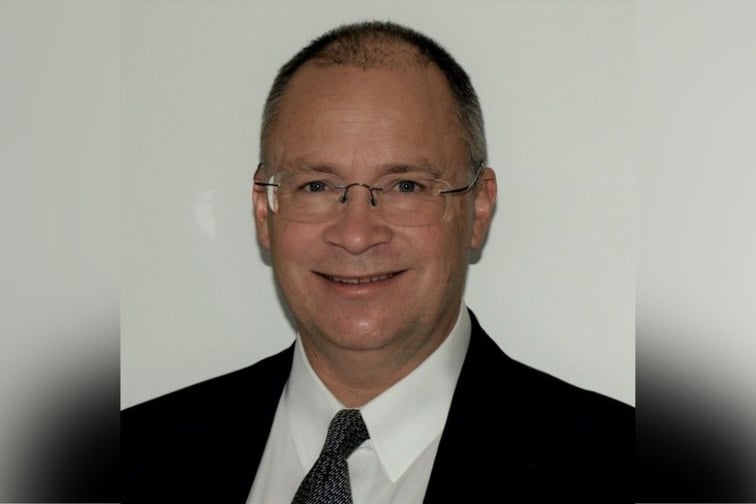

The looming housing affordability crisis in New South Wales could become a major issue for new Premier Dominic Perrottet, with one industry expert calling it a ‘significant concern’ ahead of the next election in the state.
The comments come fresh on the back of ABS statistics that show approvals have plummeted in recent months: they had rallied in early 2021 but are now back to 2018 levels.
The lack of approvals in that time period is seen as one of the key factors behind the huge price spike in 2020/21, as demand massively outstrips supply in the housing market.
READ MORE: NAB hikes fixed rates by 50 basis points
“That is a significant concern,” said Tom Forrest, CEO of Urban Taskforce, one of the leading bodies for property developers.
“A slowdown in approvals now means a slowdown in supply over the next two to three years. Particularly with apartments: it takes about three years to turn an approval into a built product.”
“If you have a drop off in approvals now, you know that there will be a drop off in completions in the next three years. We’re already at a low point and we’re already seeing sky-rocketing housing prices.”
“This is a clear warning for the new Premier of New South Wales, Dominic Perrottet, that as he focused on economic recovery in the post-Covid period, there needs to be a very clear focus on flexibility in the planning system and the delivery of housing supply.”
“Without such a focus, he’s going to find himself going to the next election in March 2023 with a housing supply crisis – not only in Greater Sydney but also across regional NSW. That’s not something that I’d want to be going into an election with.”
There is an ongoing Parliamentary inquiry into housing affordability, chaired by Liberal MP Jason Falinski. Urban Taskforce has made submissions to the inquiry in recent weeks.
“We were pleased that the parliamentary inquiry sought to identify that one of the key drivers of housing price rises,” said Forrest.
“Everyone has been speaking about interest rates, demand stimulus and APRA regulations, but very few people have analysed the issue of supply. The parliamentary inquiry as focused on the under supply of housing as a key driver as the price rises that we have seen.”
“We now know that the price rises of 30% in the last 12 months in Greater Sydney have now spread to the regions. You see price rises in Northern NSW of 28% in terms of the median house price. The shortage in Sydney has flowed into the regions and that’s leading to house price rises across New South Wales and many parts of Australia.”
The problem was once confined to Sydney, but according to Forrest, is now much larger than just those in metro areas.
“The Regional Taskforce has identified supply as a key factor, and identified that the primary impact of under supply and price increases in regional locations as being that those least able to afford it are being forced from their homes,” he said. “Aboriginal communities in Dubbo, for example, are feeling the impact of under supply of housing in Sydney.”
“That’s important because, normally, there’s a migration of people from regional locations into the city, but Covid saw that largely stop. Partly because of the pandemic, but also because it was simply too expensive to move from the regions into Sydney, and therefore people stayed where they were.”
“Additionally, you had tree changers, who left the cities for the bush. Sometimes for lifestyle reasons, sometimes for affordability reasons and sometimes simply to escape the urban life under lockdown. All those things led to a boost in demand for regional houses.”
“What that led to then was no increase in supply and the New South Wales planning system was unable to deal with these changes in demand patterns.”
“You had people who previously would have left the regions stay where they were, and you had people from the city migrating to the regions and buying up all the houses.”
“Effectively, those who were left without a home and forced into more crowded accommodation were those who couldn’t afford to pay the prices that were asked. That’s why we are saying that there needs to be a focus on delivery of supply and delivery of supply at all price points.”
“That was a finding that the Regional Task Force found and its something that Urban Taskforce welcomes.”
